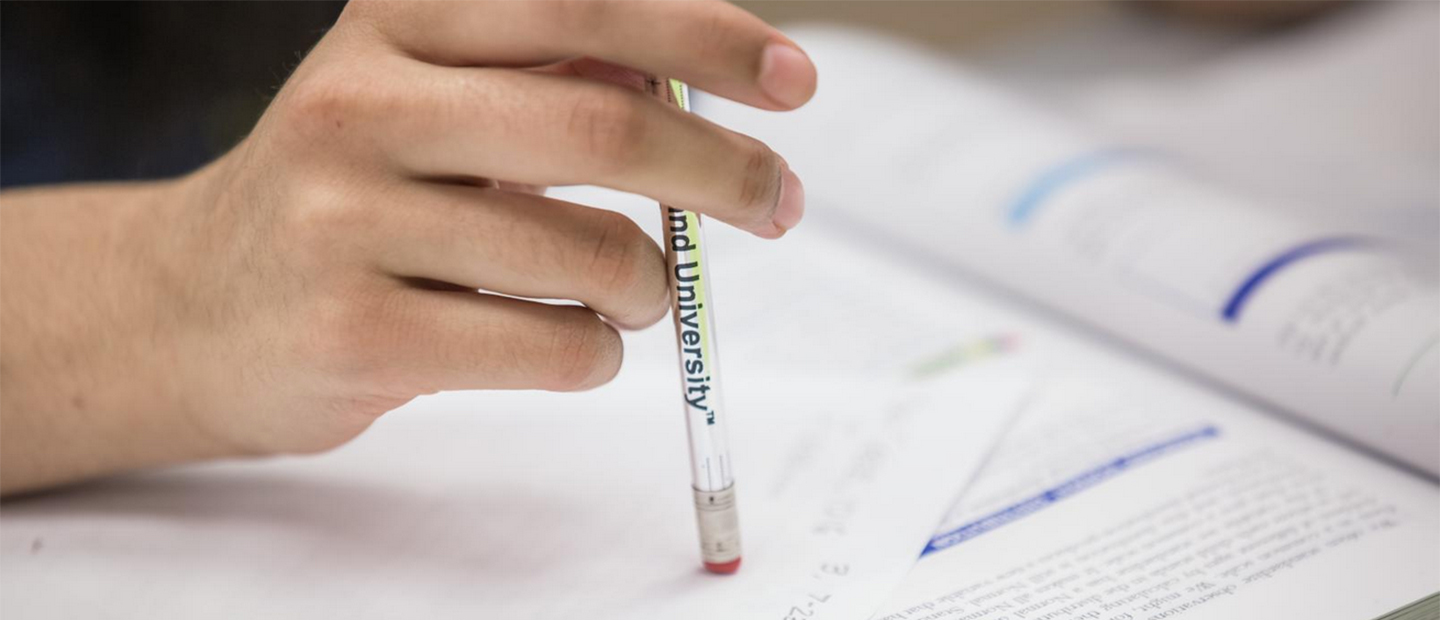Center for Excellence in Teaching and Learning
Kresge Library, Room 430
100 Library Drive
Rochester,
Michigan
48309-4479
(location map)
(248) 370-2751
[email protected]

What Makes Note-taking Work
CETL Learning Tips are written for a student audience.
The style of each of your classes will vary greatly based on who teaches the concepts and skills and what you do in class to learn them. In many classes, a professor will present information while you are expected to take whatever notes will help you remember the content. But what actually makes for good note-taking? Is it how much you write, how you record notes, whether you use bullet lists, draw diagrams, or sketch comics? In short, it doesn’t so much matter how you take notes, but how engaged you are with the concepts being discussed.
For example, one popular study argued that writing notes by hand might be better for learning than typing notes (Mueller & Oppenheimer, 2014), but these results have been difficult to replicate and the study does not claim this is true in all situations. More simply, while handwriting notes can have some cognitive benefits, such as creative note-taking and slowing down to consolidate and interpret class concepts, there isn’t one right way to take notes. No matter what method you use to take notes, there are some keys to making sure you are engaged in the process in a way that will help you remember and apply concepts.
Note-taking Basics
Write your thoughts alongside what is being covered. Good notes do not merely record what the professor says or what a slide displays, but your thoughts connected to this content. A dual entry format works really well for this, meaning that one column is for the class content and the other column is for your thoughts connected to that content (See our dual-entry note-taking template at tinyurl.com/DualEntryNotes). If your professor says that a sentence can technically be a whole page long and grammatically correct, you might think, “Hmm, my high school teacher said a sentence shouldn’t be more than 30 words.” The professor’s comment would go in one column, and your related memory would go in the other column. Connecting course content to memories, experiences, and examples helps you remember and apply those concepts better than merely transcribing the new material.
Record your questions. Inquiry should be a part of any learning process, whether reading, viewing, or writing. Going back to the statement about long sentences, you might ask yourself, “Are there any popular examples of incredibly long sentences, and why might they have been used?” Rather than letting the question zip through your mind, write it down with a large question mark. The question may be answered later, or you may encounter a good opportunity to share the question. By engaging in the question, your brain is more actively connecting with the concept, and you are less likely to forget it.
Make predictions and take guesses about the content, even if the professor is not directly asking questions. Sticking with our long-sentences example, you might predict “Misused commas and conjunctions are a common culprit of run-on sentences.” In a study of math students, those who made guesses and predictions while learning content outperformed those who didn’t (Kasmer & Kim, 2012).
End with summary and takeaways. At the end of each class session, take five minutes to summarize the content and write the main points that stick with you. This reflection activity helps your brain organize the new content and store it in a way you are more likely to be able to recall and build off of in the future.
Even if a class session isn’t the most interesting or engaging, these note-taking behaviors can help you not only increase learning but also boost your motivation. In other words, it may just make your classes more enjoyable.
Extra Resource: How To Take Notes In Class (video: 6 minutes)
Save and adapt a Google Doc version of this learning tip.
For more learning tips like these look for the CETL Learning Tip Series in The Oakland Post. Others may share and adapt under Creative Commons License CC BY-NC .



